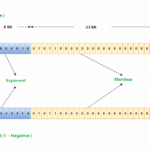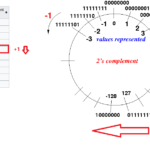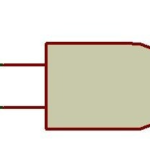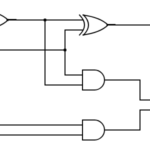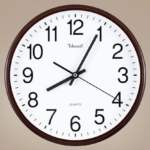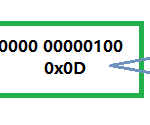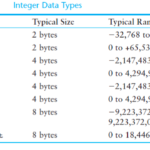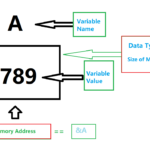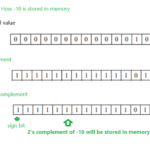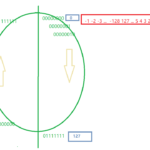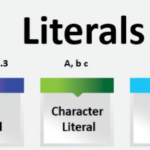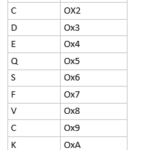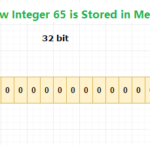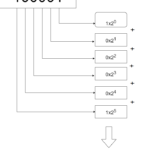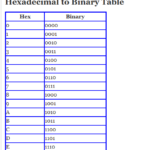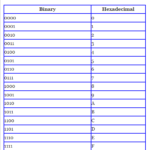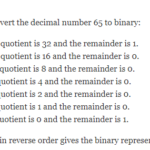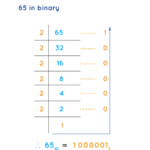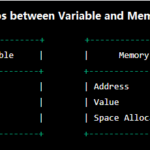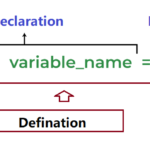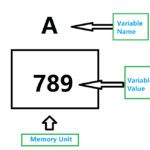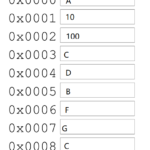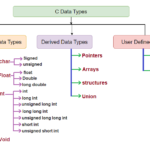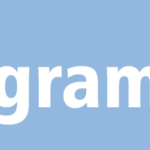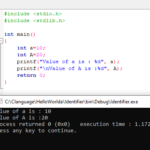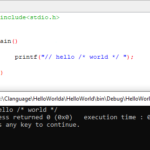Any numeric value with a decimal point will be interpreted by the compiler as a floating-point number, also known as a real number. 1.Storage of…
1.Integer Introduction The integer type is used to represent large integers and the type declaration uses the “int” keyword. int a; The example above declares…
JTAG stands for Joint Test Action Group. It is a standard interface used in digital electronics for testing and debugging printed circuit boards (PCBs) and…
This section will introduce the basics of digital circuits. Digital circuits are electronic circuits that use digital signals. In recent years, the vast majority of…
1.What is an FPGA ? An FPGA, or Field-Programmable Gate Array, is a type of integrated circuit that can be configured to perform specific digital…
1. Sign-magnitude Sign-magnitude is a binary fixed-point representation method for numbers in computers. To perform calculations, computers must store numerical values. The simplest way is…
Each data type in a computer is stored in binary form because that is the only language that a computer can understand. Other languages such…
1. Integers In computer programming, an integer is a data type that represents a whole number. For example, 0, -5, 10. This means that an…
1. Memory In C programming, memory is an essential component that is used to store and manipulate data during program execution. Memory in C programming…
Integers are typically stored in memory using a fixed number of bits, depending on the size of the integer. For example, a 32-bit integer can…
1.What is Character Data Type ? In C programming, the character data type is a primitive data type used to store a single character. The…
1. Character Literal A character literal is a single character enclosed in English single quotes (”). When using character literals, the following should be noted:…
Literals in C Programming refer to values that are directly specified in the code, rather than being stored in variables or calculated at runtime. Examples…
Computer uses special mechanism to store negative numbers which is 2’s complement format. Before going to that, let’s have a look on 1’s complement of a number. 1’s…
1. What is Memory ? Memory is composed of an infinite number of memory cells, with each cell having a fixed address known as the…
Integers are typically stored in memory using a fixed number of bits, depending on the size of the integer. For example, a 32-bit integer can…
Method 1. It is easy to convert Decimal to Hexademical : Convert Decimal to Binary Convert Binary to Hexademical Method 2. How to Convert a…
1. Hexadecimal to Binary Table Hex Binary 0 0000 1 0001 2 0010 3 0011 4 0100 5 0101 6 0110 7 0111 8 1000…
1. Binary to Hexadecimal Table Binary Hexadecimal 0000 0 0001 1 0010 2 0011 3 0100 4 0101 5 0110 6 0111 7 1000…
1 Conversion steps: Here are the steps to convert the binary number 100001 to decimal: Write down the binary number: 100001 Assign each digit in…
In computers, all data is ultimately represented using binary numbers. We need convert Decimal to Binary. 1. Conversion steps: Divide the number by 2. Get…
1. How to Convert Decimal to Binary? In computers, all data is ultimately represented using binary numbers. We need convert Decimal to Binary. 1.1 Conversion…
Variables, data types, and memory are closely related. A variable is a basic unit used to store data, and each variable must have a data…
In C programming, variable declaration and variable definition are two concepts that are often used interchangeably, but they have different meanings. Variable declaration is the…
A variable is a name given to a storage location used to store data, is a fundamental element used to store data in a program. …
In C programming, memory is an essential component that is used to store and manipulate data during program execution. Memory in C programming refers to…
C language is a statically-typed programming language, so the variable type must be declared before use. C provides several basic data types, including integer types,…
In C language, a placeholder refers to a special symbol used in formatting output functions to indicate the type and format of the data that…
An escape sequence is a combination of characters that represents a special character, which cannot be represented directly in a string or character literal. In…
A token is the smallest element of a program that is meaningful to the compiler. We can define a token as the smallest individual element…
Chapter 1 Introduction to C Language What is C language? History of C Language Features of C Program Language What Are the Disadvantage of C…
C identifiers are names used in a C program, such as variables, functions, arrays, structures, unions, labels, etc. Identifiers can be composed of letters, including…
The Basic Syntax of C we will study includes: Semicolon(;) and Whitespace Keywords Tokens Identifier Comments Header Files 1.Semicolon(;) and Whitespace 1.1 Statement The code…

